8.19.16 – (LAA/LUS) – Aircraft/Crew Bunk Disinsection Update
| APFA LAA Members | Subscribe to the APFA Hotline |
| APFA LUS Members | Subscribe to the APFA Hotline |
| Non-Members | Subscribe to the APFA Hotline |
| Press | Subscribe to APFA’s Press Release |
Friday, August 19, 2016
Aircraft/Crew Bunk Disinsection Update
** If you believe you have been harmed by pesticide exposure on the aircraft, please email APFA National Health Chair Gabby Harty**
In the past six months, APFA has received over 200 reports of Flight Attendants becoming ill after spending time in crew bunks on 787s and 777s. Symptoms reported include respiratory problems, sore throat, congestion, headache, nosebleed, swollen eyes and ears, and skin irritation including rash and discoloration. APFA believes these reactions are a result of exposure to toxins in the pesticides being used to treat our aircraft.
The governments of Australia and New Zealand require all inbound aircraft to have undergone residual (recurring) treatment with a pesticide called permethrin no more than 56 days prior to arrival. While the World Health Organization approves the use of permethrin in aircraft cabins, the EPA has banned that application in the US. As a result, our aircraft are treated outside the country. American’s current vendors are located in Sao Paulo, Rio de Janeiro, Santiago, Port of Spain, and Auckland. Each is treating aircraft with permethrin using residual spray techniques. As a result of APFA’s confronting the Company about the problem, as of July 15, 2016, crew bunks are no longer being sprayed.
Australia and New Zealand randomly test incoming aircraft for disinsection. After three failed tests, American’s vendor in Santiago was decertified and all inbound flights to Australia and New Zealand were subject to on-arrival spraying. This procedure calls for ground crews to board the aircraft and spray aerosol pesticide throughout the cabin before deplaning. Reports from flight crews indicate that crew bunks were also being sprayed, often far in excess of the required three seconds. In some cases, the crew bunk smoke detectors were activated as a result of heavy and prolonged spraying. American was able to secure an Auckland-based vendor which can provide residual spraying. Once all aircraft have cycled through this (or another certified) vendor, on-arrival spraying in Australia and New Zealand will cease.
A joint task force comprised of APFA and American management reps traveled to Santiago to investigate disinsection procedures. Through a series of meetings with the Station Manager and vendor, we discovered disparities in treatment requirements between the Chilean government and the governments of Australia and New Zealand. For example, aircraft arriving in Chile must be treated no more than 45 days prior to arrival as opposed to the 56 day requirement in Australia/New Zealand. In addition, the Chilean government has not been accepting documentation from certain vendors when residual spraying was conducted in Sao Paulo, meaning some aircraft had been treated multiple times within one 56-day window. A new vendor has been contracted in Santiago and the task force met with representatives of the company during our trip to inform them of problems in crew bunks. APFA has assurances that this vendor will not be spraying crew bunks in the future.
The task force also learned that system-wide protocols are not in place for cabin disinsection, documentation, and quality control. APFA is currently working to establish policies and procedures to ensure that all manufacturer recommendations, government mandates, and APFA requirements are being met, including: correct dilution of pesticide, proper dosage for particular aircraft, adequate ventilation following treatment, regular laundering/changing of mattress covers, and protection of galley surfaces, passenger pillows/blankets, and crew bunks from unnecessary spraying.
In addition, The Company has committed to building a database of all cabin disinsection-related information and documentation including: vendors contracted, vendor locations, products used, procedures in place, government requirements, manufacturer guidelines, spray dates past and scheduled, health warnings and research related to pesticides, and a schedule of crew bunk mattress cover changing. This repository will help identify the source of any future problems and work quickly to address them.
APFA takes the health and safety of our crews very seriously and we will continue to monitor reports received from Flight Attendants and follow up with management to ensure that these established protocols and procedures are followed.
In Solidarity,
Marcy Dunaway
APFA National Secretary
[email protected]



